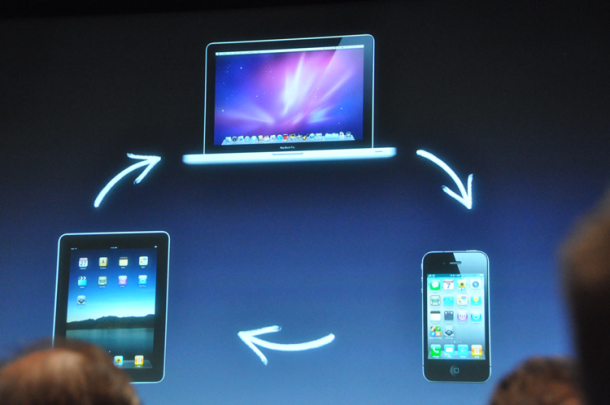Apple's halo effect 2.0: iOS developers likely to rally to Mac

Amid all of Apple's goodies at its Back to Mac powwow, the most strategic move was to bring apps to the Mac platform. With an App Store to the Mac, the company reinvigorates its so-called halo effect, which dictates that one product may pull along another for Apple.
Let's face it. The iPad and iPhone have overshadowed the Mac. Apple has sold 130 million iOS devices since the iPhone launched in 2007. That sum compares to 37.7 million Macs in the same period.
Jason Perlow calls the move Apple's gateway drug to the Mac. Perlow said:
This is a significant event in the evolution of the Macintosh, because it signals the paradigm shift away from ISV’s and developers being able to control their own software distribution. In effect, users of the App Store will no longer need to install and download or retain media for their personal computers, just like it is handled on iOS devices today.
The bad news is developers will lose control over distribution. The good news is that the App Store model is proven. Indeed, the continuity between the iPhone and iPad is likely to bring more customers to the Mac. Piper Jaffray analyst Gene Munster said in a research note that the new version of the Mac OS, Lion will create an interesting halo effect:
We believe the new features of OS X Lion build continuities between iOS and Mac OS, so that potential Mac buyers who enjoy their iPhones or iPads will be familiar with the Mac operating system.
Stifel Nicolaus analyst Doug Reid called the Mac App Store move an "evolutionary step toward Apple platform convergence." While Apple's new MacBook Air lineup will garner the headlines, the much bigger move strategically is the latest version of the halo effect.
